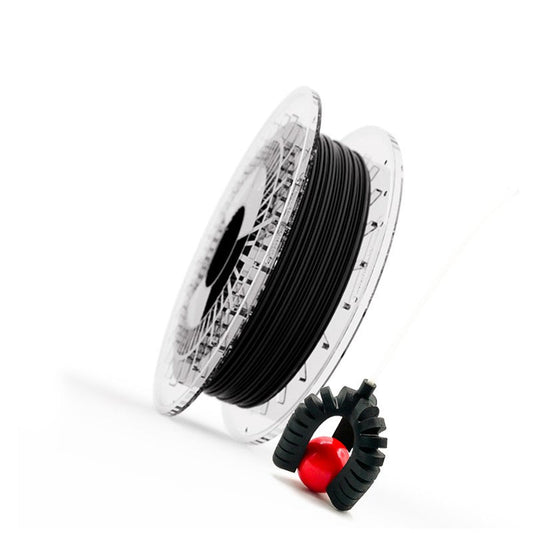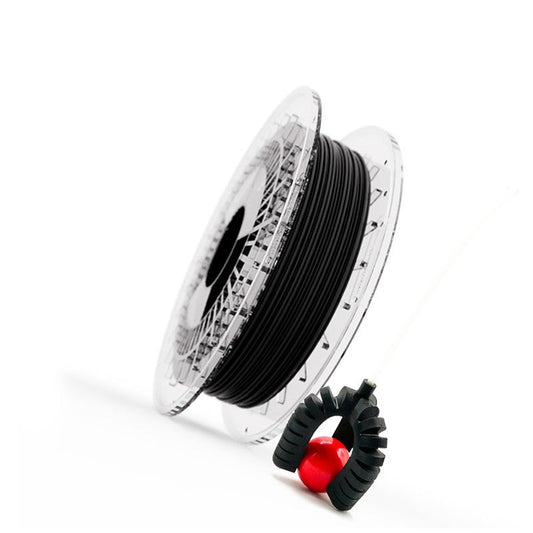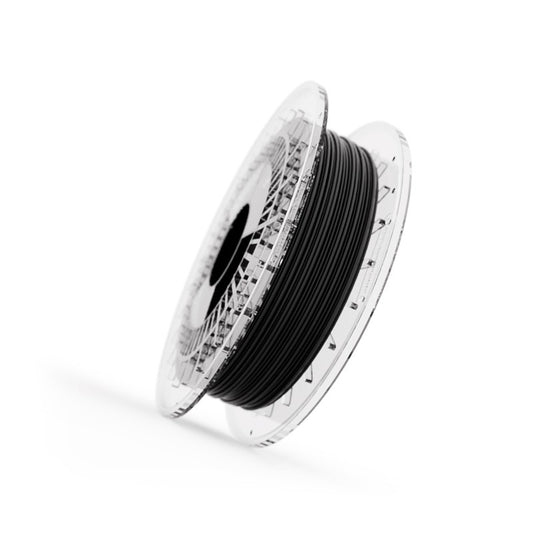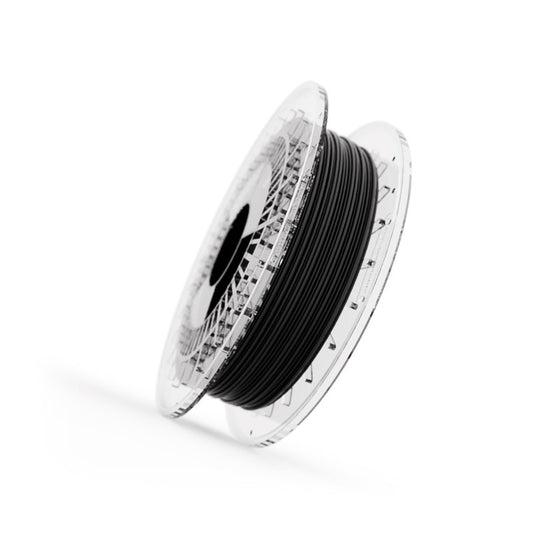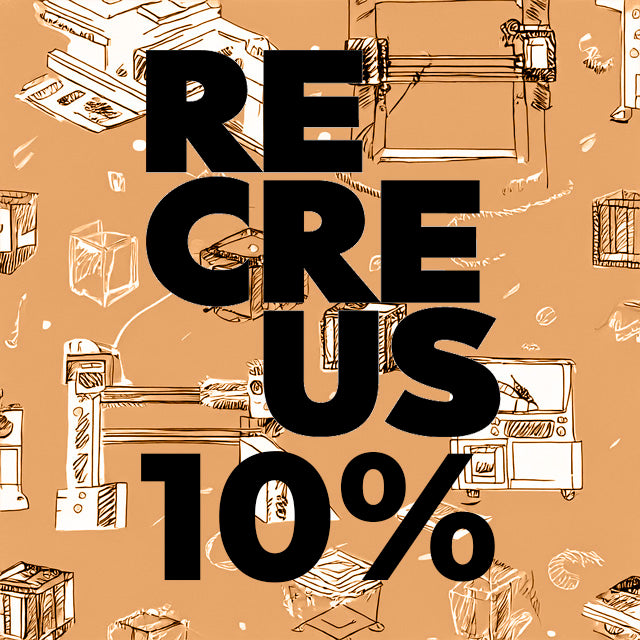G-Tac and Filaflex: Flexible Innovation for Defense, Industry, and Food
G-Tac and Filaflex: Flexible Innovation for Defense, Industry, and Food
At Recreus, we know true innovation happens when our materials are tested in demanding real-world applications. G-Tac Défense/Industrie, a French company specialized in technical solutions, has chosen Filaflex as their go-to flexible filament for critical components in defense, industrial, and food sectors. Here is how Guillaume Mongour, founder of G-Tac, explains how Filaflex transformed their production and problem-solving approach.
G-Tac: Printing to Solve Real Needs
Based in France, G-Tac Défense/Industrie designs, manufactures, and provides training in production technologies. As founder Guillaume Mongour puts it:
“Our mission is to solve real problems, not just print parts for fun. We want to provide tangible solutions with 3D printing.”
Their customer-oriented mindset has made additive manufacturing a strategic tool for prototyping, component production, and process improvement.
Why Filaflex? Reliability, Versatility, and Trust
Since 2021, G-Tac has been using Filaflex in various shore hardnesses—60A, 70A, and 82A—while also testing Filaflex Foamy for technical applications.
“Filaflex worked so well that I never looked for another material.” — Guillaume Mongour
- Superior elasticity and mechanical memory
- Outstanding vibration absorption
- Tear resistance and dimensional stability
- Compatible with standard 3D printers
- Food-contact
“3D printing with Filaflex reduced our prototyping costs by 75% and allowed us to manufacture parts that were previously impossible to produce.” — Mongour
Defense: 3D Printing for Military Equipment and Drone Accessories
In the defense sector, G-Tac uses Filaflex to manufacture:
- Holographic sight protectors
- Anti-vibration calibration devices for drones
- Shoulder pads for large caliber weapons and ergonomic grips
“Filaflex is perfect for military applications thanks to its vibration absorption and lightweight. In drone accessories, weight is crucial for autonomy, and Filaflex gives us the perfect balance.”
Holographic sight covers, made from Filaflex 82A, protect devices worth up to $700, combining flexibility, impact resistance, and cost efficiency.
Although G-Tac has yet to secure defense contracts, Mongour sees 3D printing as a strategic ally for the sector:
“Additive manufacturing will be key to adapting equipment for each mission and enhancing regiments’ R&D capabilities.”
Industry: Protection, Maintenance, and Safety with Filaflex
For industrial applications, G-Tac produces with Filaflex:
- Customized suction cups for production lines
- Protective parts for industrial machinery
- Shock absorbers and anti-slip components
Clients like Nestlé Purina Petcare and Jacobs Douwe Egberts trust G-Tac to enhance plant safety and productivity. One standout project involved custom protective parts for conveyor belts in the food industry, meeting hygiene standards, chemical resistance, and workplace safety regulations.
“Filaflex allows us to make customized, disinfectant-resistant, food-safe protections adapted to each customer. We now supply new parts every month as new risks are identified.”
Food and Logistics: Certified Flexible Solutions
Filaflex plays a key role in manufacturing flexible safety accessories and components for the food sector, valued for its:
- Disinfectant resistance
- Waterproofness and food-contact certification
- Bright colors for visual hazard signaling
- Durability against impacts and industrial washing
One project involved producing protective guards for a narrow conveyor gap, solving contamination and safety issues. After six months of in-field testing, the client approved the Filaflex 82A-made guards, now ordered regularly by G-Tac’s industrial partners.
Gallery
 Protective factory components 3D printed with Filaflex by G-Tac Defense/Industry
Protective factory components 3D printed with Filaflex by G-Tac Defense/Industry Protective factory components 3D printed with Filaflex by G-Tac Defense/Industry
Protective factory components 3D printed with Filaflex by G-Tac Defense/Industry Protective factory components 3D printed with Filaflex by G-Tac Defense/Industry
Protective factory components 3D printed with Filaflex by G-Tac Defense/IndustryFilaflex: Driving Growth and Shaping the Future of 3D Printing
“Recreus evolves, and that lets us evolve too. It’s a mutually beneficial collaboration we wouldn’t want to miss.” — Guillaume Mongour
Mongour believes that 3D printing’s future lies in combining mechanical design knowledge with additive manufacturing expertise:
“3D printing isn’t just uploading an STL file and hitting print. You need to design for printing. That’s why we integrate it into engineering.”
G-Tac plans to expand their offering with new Recreus materials like food-contact Filaflex 60A and Filaflex Foamy, currently under workshop testing. The collaboration with Recreus remains a key driver of their innovation and growth strategy.
Conclusion
The story of G-Tac Défense/Industrie proves how technical vision, 3D printing, and a material like Filaflex can revolutionize demanding sectors such as defense, industry, and food. At Recreus, we’re proud to support companies like G-Tac that push the boundaries of flexible materials and real-world applications.
Acknowledgment
Based on the professional experience of G-Tac Défense/Industrie and statements from its founder Guillaume Mongour — www.gtac3d.com





